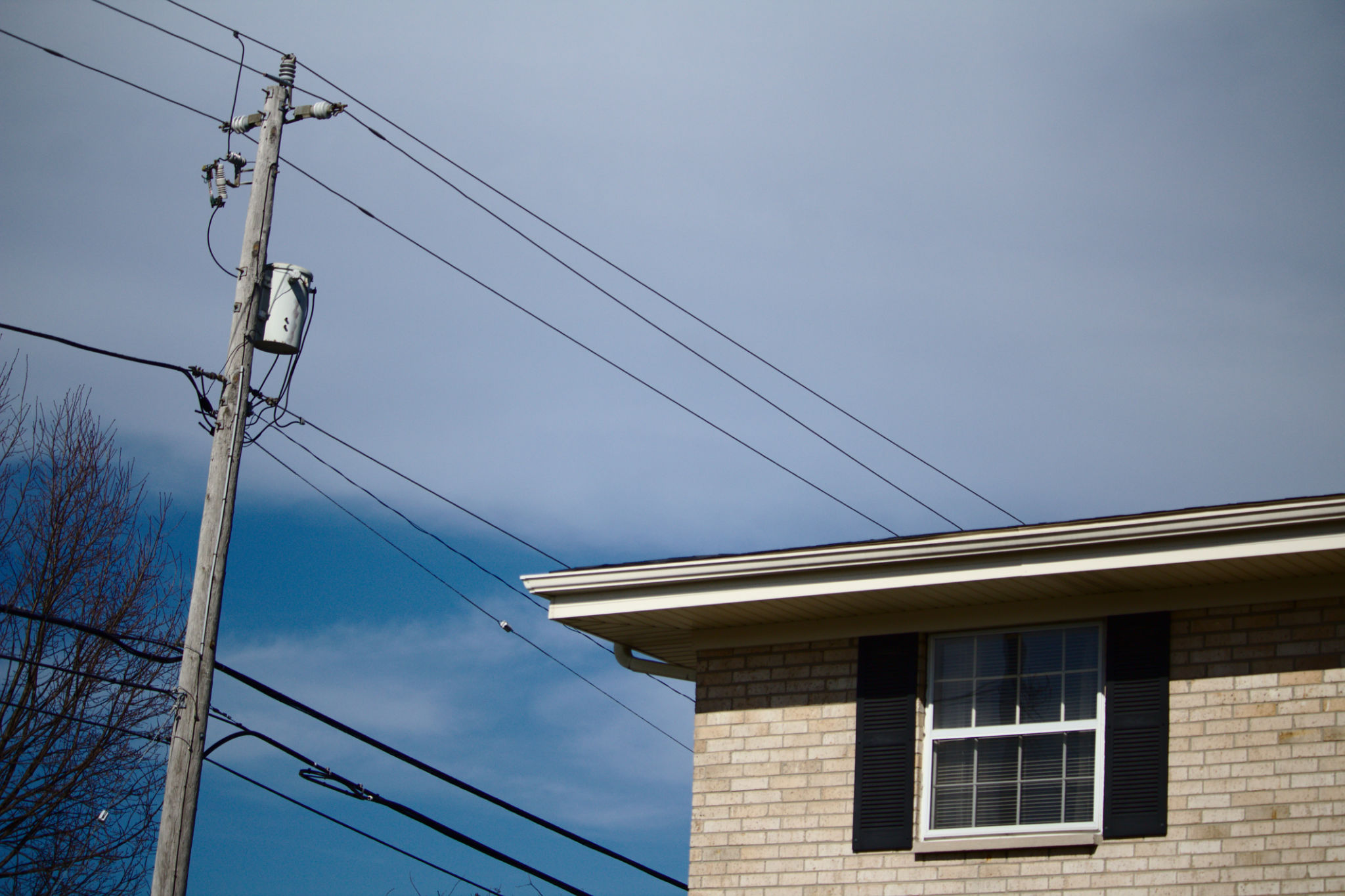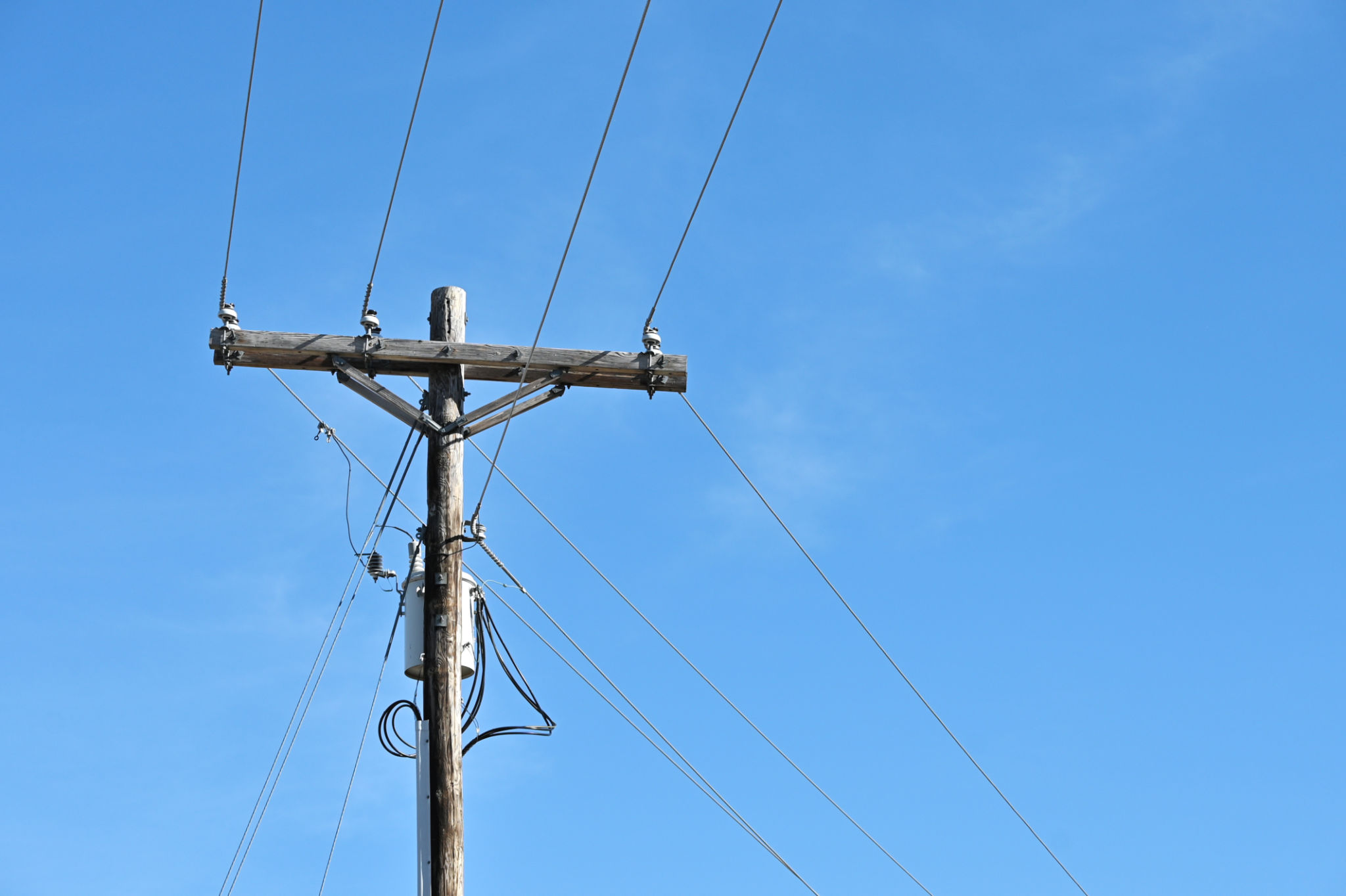Case Study: Successful Electrical Upgrades in Australian Heritage Homes
Introduction to Electrical Upgrades in Heritage Homes
Heritage homes are a treasured part of Australia's architectural landscape, offering a glimpse into the country's rich history. However, maintaining the charm of these older properties while ensuring they meet modern standards can be challenging. One of the most critical aspects of this process is upgrading the electrical systems. This case study explores successful electrical upgrades in Australian heritage homes, highlighting the techniques and strategies used to preserve their historical value.
When it comes to electrical upgrades in heritage homes, balancing modern safety standards with historical preservation is key. This delicate process requires a careful approach to ensure that the essential character of the property is maintained while providing a safe and functional living environment.

The Challenges of Upgrading Electrical Systems in Heritage Homes
Many heritage homes were built long before modern electrical codes and standards were established. As a result, they often contain outdated wiring, insufficient power supplies, and limited electrical outlets. These factors can pose significant safety hazards, including fire risks and electrical shocks.
Moreover, the architectural features and materials used in heritage homes can complicate electrical upgrades. For instance, thick walls, ornate moldings, and historical finishes can make it difficult to access wiring or install new outlets without damaging the structure.

Preservation Techniques in Electrical Upgrades
To successfully upgrade electrical systems in heritage homes while preserving their historical integrity, several techniques can be employed:
- Non-Invasive Wiring: Utilizing non-invasive methods such as fishing wires through existing cavities and using surface-mounted conduits helps minimize damage to original structures.
- Custom Solutions: Tailoring electrical components, like switches and outlets, to match the home's period style ensures that modern updates blend seamlessly with historical aesthetics.
- Concealed Installations: Whenever possible, hiding new installations behind existing features or within floor and ceiling spaces preserves the visual integrity of the home.

Case Studies of Successful Upgrades
Several case studies illustrate how these techniques have been successfully implemented in Australian heritage homes. In one notable project, a Melbourne-based electrical contractor was tasked with upgrading the electrical system of a Victorian-era terrace. By employing non-invasive wiring techniques and custom-designed switch plates, the contractor maintained the home's original charm while enhancing its electrical safety and functionality.
Another case involved a Queenslander home where outdated knob-and-tube wiring posed significant risks. The solution involved replacing the old wiring with modern cabling while using surface-mounted conduits painted to match the walls, ensuring minimal visual impact.
The Impact of Modern Technology
Incorporating modern technology into heritage homes can significantly enhance their functionality without compromising their historical value. Smart home systems, energy-efficient lighting, and solar panels are becoming increasingly popular upgrades in heritage properties.
These technologies offer homeowners improved energy efficiency and convenience. For instance, smart lighting systems can be programmed to mimic traditional lighting patterns while providing the benefits of modern LED technology.

Conclusion: Preserving History While Embracing Modernity
The successful electrical upgrades in Australian heritage homes demonstrate that it is possible to preserve historical charm while embracing modern standards. Through careful planning and the use of specialized techniques, homeowners can enjoy the best of both worlds: the beauty and character of a heritage home with the safety and convenience of contemporary living.
The lessons learned from these case studies not only benefit homeowners but also contribute to broader efforts in preserving Australia's architectural history for future generations. By continuing to refine these techniques, we can ensure that heritage homes remain cherished parts of our cultural landscape.
